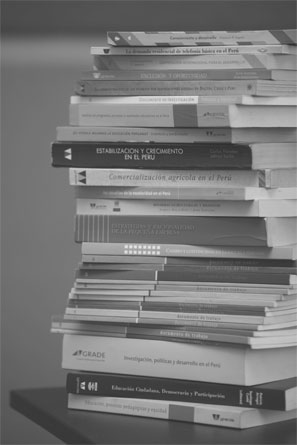Working within confines: occupational segregation by gender in three Latin American countries
| Año | : | 2001 |
|---|---|---|
| Autor/es | : | Andrew Morrison, Ruthanne Deutsch, Claudia Piras, Hugo Ñopo |
| Área/s | : | Empleo, productividad e innovación, Pobreza y equidad |
[2002] DEUTSCH, Ruthanne; MORRISON, Andrew; PIRAS, Claudia; ÑOPO, Hugo. Working within confines: occupational segregation by gender in three Latin American countries. Washington, D.C.: BID. 34 p. Technical paper.
Despite the importance of occupational segregation as a barrier to improved equity and efficiency in labor markets, there has been relatively little research done on the topic for Latin America and the Caribbean (LAC).
In large part, this is the result of data limitations: sample surveys have typically not used standard definitions of occupational categories over time, making it difficult to examine time trends in segregation. This technical paper fills that void by constructing comparable data sets for Costa Rica, Ecuador and Uruguay over the 1989-1997 period.
These countries and years were selected because comparable measures of occupational categories were available for these countries over an extended period, and because they represent countries at very different levels of economic development. Section 2 of this paper describes the data sets that will be used in the analysis. The data come from both national and urban household surveys, but our analysis is limited to households living in urban areas. This section also provides descriptive statistics for each country on women’s labor force participation, occupations most heavily female and heavily male, and other essential information. Section 3 discusses the economic context in each of the three countries, including the structure of employment, unemployment rates, and female educational levels and fertility trends. Section 4 introduces several measures of occupational segregation, along with a brief methodological discussion of the advantages and disadvantages of each. The values of the most commonly used of these measures-the Duncan Index, also known as the Index of Dissimilarity-are presented at the two-digit occupational levels for three years between 1989 and 1997.2 We test for statistically significant changes in the index over time. We also test for differences in the value of the index across countries. In an important contribution to the literature, the Duncan Index is also calculated for different years of schooling to test the hypothesis that occupational segregation is more severe among the less educated than among the more educated. Section 5 goes beyond a simple description of levels and changes in occupational segregation. First, we conduct a counterfactual experiment in which actual changes in the Duncan Index over time are compared to the changes that would have been registered if all new hiring had been random with regard to sex (Blau and Hendricks, 1979). This experiment provides a yardstick by which to measure progress in eliminating occupational segregation. A second analysis measures the importance of occupational segregation in the overall male-female wage gap, comparing the explanatory power of occupational segregation to that of labor market discrimination and human capital explanations (Fluckinger and Silber, 1999). Finally, Section 6 highlights the most important empirical results and explores promising policy options to reduce occupational segregation.






